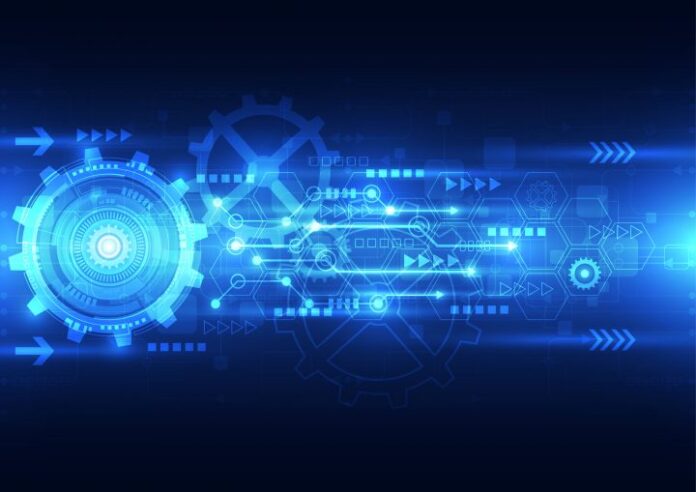“There is more and more intelligence in the networks that is joining us together,” Arm CTO says
Santa Clara, Cali. – Chief Technology Officer of Arm Mike Muller, in a keynote presentation during the 2017 Arm TechCon, discussed some of the major engineering feats that have impressed him as well as his emotional reactions to what is yet to come. In particular, Muller described a range of feelings he felt with respect to innovations taking place in the realms of machine learning, the internet of things (IoT) and security, including awe, anticipation, anger, trust and overall, joy.
Among the tech novelties that left Muller in awe was SpaceX successfully landings its Falcon 9 rocket on a floating drone ship in April 2016. Nobody had ever landed a rocket on a ship prior to the event. “For me, growing up with Saturn V, I looked at that and I kind of thought that is what I would call in my day real time inventive control.”
 The second of Muller’s reactions included anticipation of a brewing tech revolution typified by machine learning and artificial intelligence (A.I.). Traditionally, machine learning has been understood as a training problem taking place in the cloud. However, according to Muller, machine learning is far more distributed than the traditional view purports with gateways and edge computing devices abound. “There is more and more intelligence in the networks that is joining us together.” Muller added their are a host of factors pushing intelligence to the edge, including bandwidth, power, latency, privacy and security.
The second of Muller’s reactions included anticipation of a brewing tech revolution typified by machine learning and artificial intelligence (A.I.). Traditionally, machine learning has been understood as a training problem taking place in the cloud. However, according to Muller, machine learning is far more distributed than the traditional view purports with gateways and edge computing devices abound. “There is more and more intelligence in the networks that is joining us together.” Muller added their are a host of factors pushing intelligence to the edge, including bandwidth, power, latency, privacy and security.
Muller continued by splitting machine learning problems into two categories. The first class of problems he dubbed “obvious but hard,” which consists of problems in which the solution is apparent but difficult to achieve. Figuring out how to develop self-driving cars is an example of a machine learning problem that is obvious but hard. The second class of machine learning problems are those that are just plain hard, in which the solution is neither obvious nor easy to achieve. CPU verification is an example of a hard machine learning problem.
Muller also discussed the anger he felt in regards to the need for better lifecycle management of IoT devices. Before the rise of data-gathering sensors, product developers were dependent on customer feedback to gain insight into what did and didn’t work with their products. With connected products, developers can quickly obtain data on customer behavior usage. Nevertheless, Muller noted a range of challenges IoT devices present in regards to lifecycle management.
“This isn’t just about deploying a device once into the field. You have to worry about what’s its lifecycle? What’s the ownership of that device? What is the ownership of the data associated with that device throughout its lifecycle when it can potentially have multiple owners?
Muller also underscored that the only way to make IoT devices trustworthy is through security. Among the basic principles needed to secure IoT devices, according to Muller, is a true identity and trusted boot sequence. For this reason, Arm recently unveiled a common industry framework called Platform Security Architecture (PSA), which proposes a secure foundation for connected devices. The company’s proposal has been endorsed by several partners, including Google, Cisco and Baidu.
Finally, Muller expressed joy in regards to the progress technology has made over the past 20 years and the unknown innovations that await. “I think in 20 years time, we will be looking back and going, we’ve actually taken things that we didn’t know what they were, we didn’t know they were going to be possible, and we’ve actually created and turned the impossible into the possible.”

